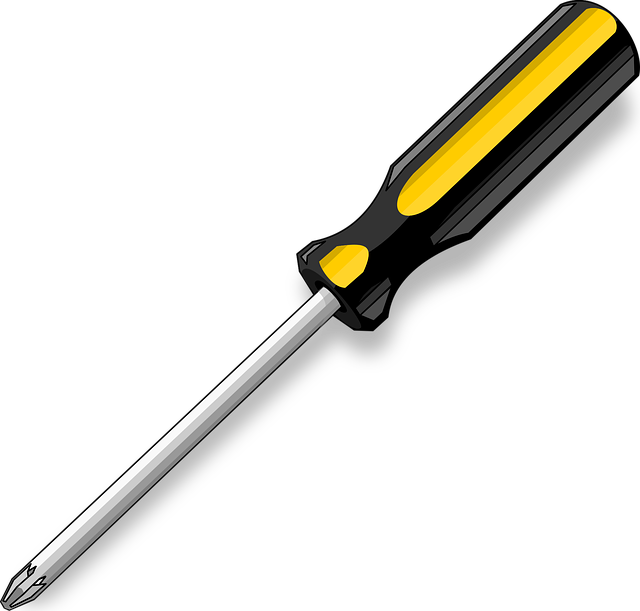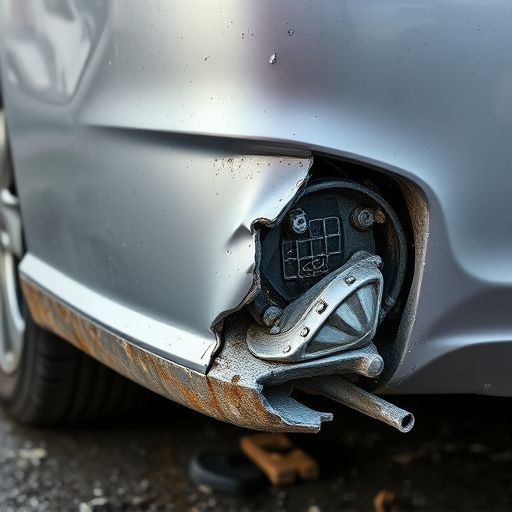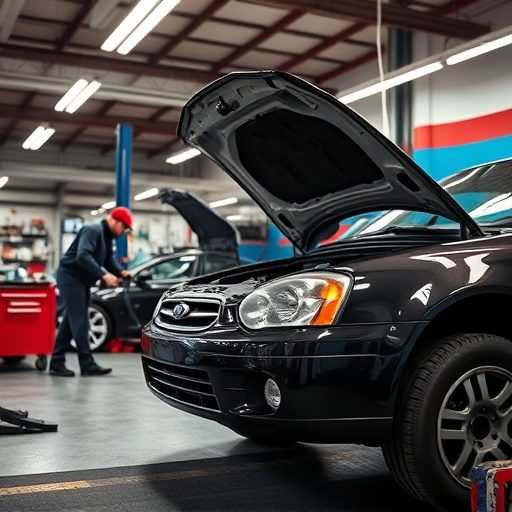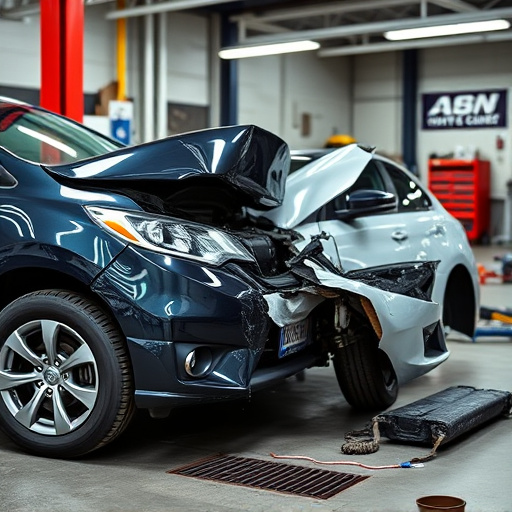Aluminum body components are favored in the automotive industry for their lightweight nature, superior strength, and adherence to strict industry regulations ensuring safety, durability, and reliability. Compared to carbon fiber components, aluminum with alloying elements like magnesium and copper offers competitive advantages in integration, long-lasting performance during restoration, cost-effectiveness, corrosion resistance, recyclability, and fuel efficiency. In manufacturing high-end automotive parts, such as those found in Mercedes Benz vehicles, stringent quality control and adherence to industry standards combine with advanced technologies to produce defect-free components while promoting eco-friendly practices, driving innovation across the industry for enhanced repairs and minimized environmental impact.
In today’s automotive industry, aluminum body components are a game-changer. Their lightweight yet robust nature offers significant advantages over traditional steel, especially with the growing popularity of electric vehicles. This article delves into the world of aluminum body components, focusing on how they strictly adhere to industry standards. We’ll explore why these materials are preferred over carbon fiber components, highlighting their benefits and the rigorous quality control processes involved in manufacturing.
- Understanding Industry Standards for Aluminum Body Components
- The Advantages of Aluminum Over Carbon Fiber
- Ensuring Quality Control and Compliance in Manufacturing
Understanding Industry Standards for Aluminum Body Components

In the automotive industry, aluminum body components have become increasingly prevalent due to their lightweight nature and superior strength-to-weight ratio compared to traditional steel. To ensure these components meet the highest standards of quality and performance, strict industry regulations must be adhered to. These standards govern every aspect, from material specifications to manufacturing processes, ensuring safety, durability, and reliability across various vehicle types and applications.
One key standard that aluminum body components often adhere to is the presence of specific alloying elements, such as magnesium and copper, which enhance the metal’s properties. This is particularly significant when compared to carbon fiber components, which while offering exceptional strength and lightweight benefits, may not inherently meet the same level of industry-mandated safety standards without specialized reinforcement techniques. In a vehicle body shop or tire services environment, understanding these standards is crucial for effective integration and long-lasting performance during vehicle restoration processes.
The Advantages of Aluminum Over Carbon Fiber

Aluminum offers significant advantages over carbon fiber components, making it a preferred choice for many industries, especially automotive manufacturing. One of its key strengths is lightweight construction, which directly contributes to improved fuel efficiency and better handling in vehicles. While carbon fiber is renowned for its exceptional strength-to-weight ratio, aluminum’s lower density makes it more cost-effective without compromising structural integrity. This is particularly beneficial in auto repair services, where replacing damaged parts with lighter alternatives can reduce overall vehicle weight and enhance performance.
Furthermore, aluminum body components are highly resistant to corrosion, a common issue with carbon fiber that requires intricate protective coatings. This inherent durability ensures longer lifespans for aluminum parts, minimizing the need for frequent frame straightening or intensive repairs. The ease of recycling aluminum also makes it an environmentally friendly option, which is increasingly important in today’s sustainable focus, even when compared to other alternatives like carbon fiber components.
Ensuring Quality Control and Compliance in Manufacturing

In the manufacturing process of automotive components, especially for high-end vehicles like Mercedes Benz, ensuring quality control and compliance with industry standards is paramount. This involves rigorous testing and inspection protocols to maintain consistency and meet the stringent requirements set by both manufacturers and regulatory bodies. Advanced technologies play a crucial role here; automated systems and sophisticated software are employed to monitor every step of production, from raw material checking to final assembly. These tools help detect even the slightest deviations or defects, such as those that might occur during dent removal or car paint repair processes, ensuring only the highest quality carbon fiber components reach the market.
Compliance isn’t just about defect-free products; it extends to adherence to environmental and safety standards. Modern manufacturing facilities employ eco-friendly practices, from material recycling to waste reduction, reflecting a commitment to sustainability. This focus on both quality and responsibility sets the bar high for manufacturers, driving innovation in not just carbon fiber components but across the entire automotive industry, making repairs like Mercedes Benz repair more efficient and effective while also minimizing environmental impact.
Aluminum body components have emerged as a preferred choice in automotive manufacturing, offering a blend of lightweight construction and superior strength. By adhering to strict industry standards, manufacturers ensure that these components meet the highest quality criteria. While carbon fiber components hold their own advantages, aluminum’s versatility and cost-effectiveness make it an indispensable material for modern vehicle design. Rigorous quality control measures during manufacturing guarantee that every part meets safety and performance expectations, ultimately contributing to improved overall vehicle efficiency and reliability.













